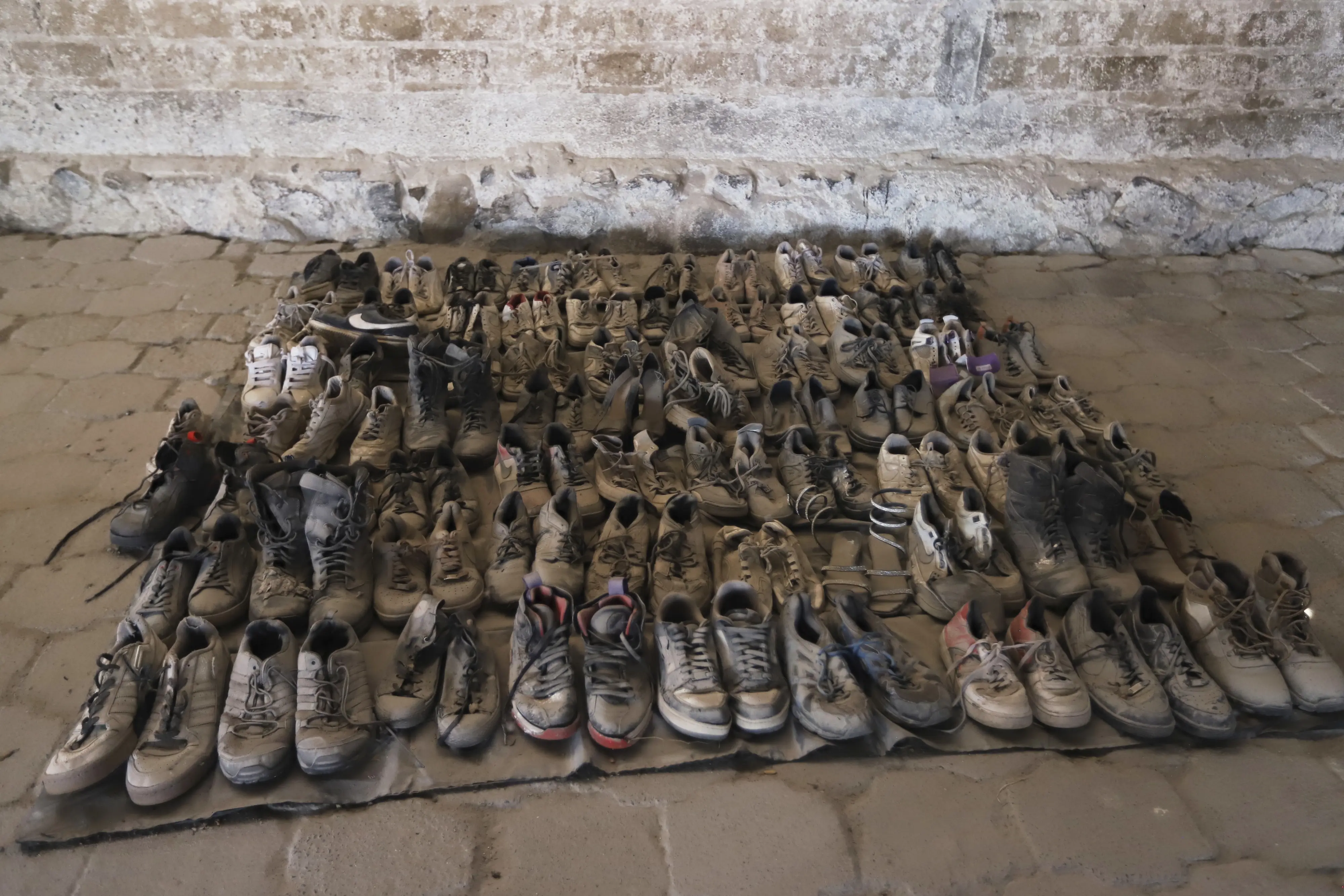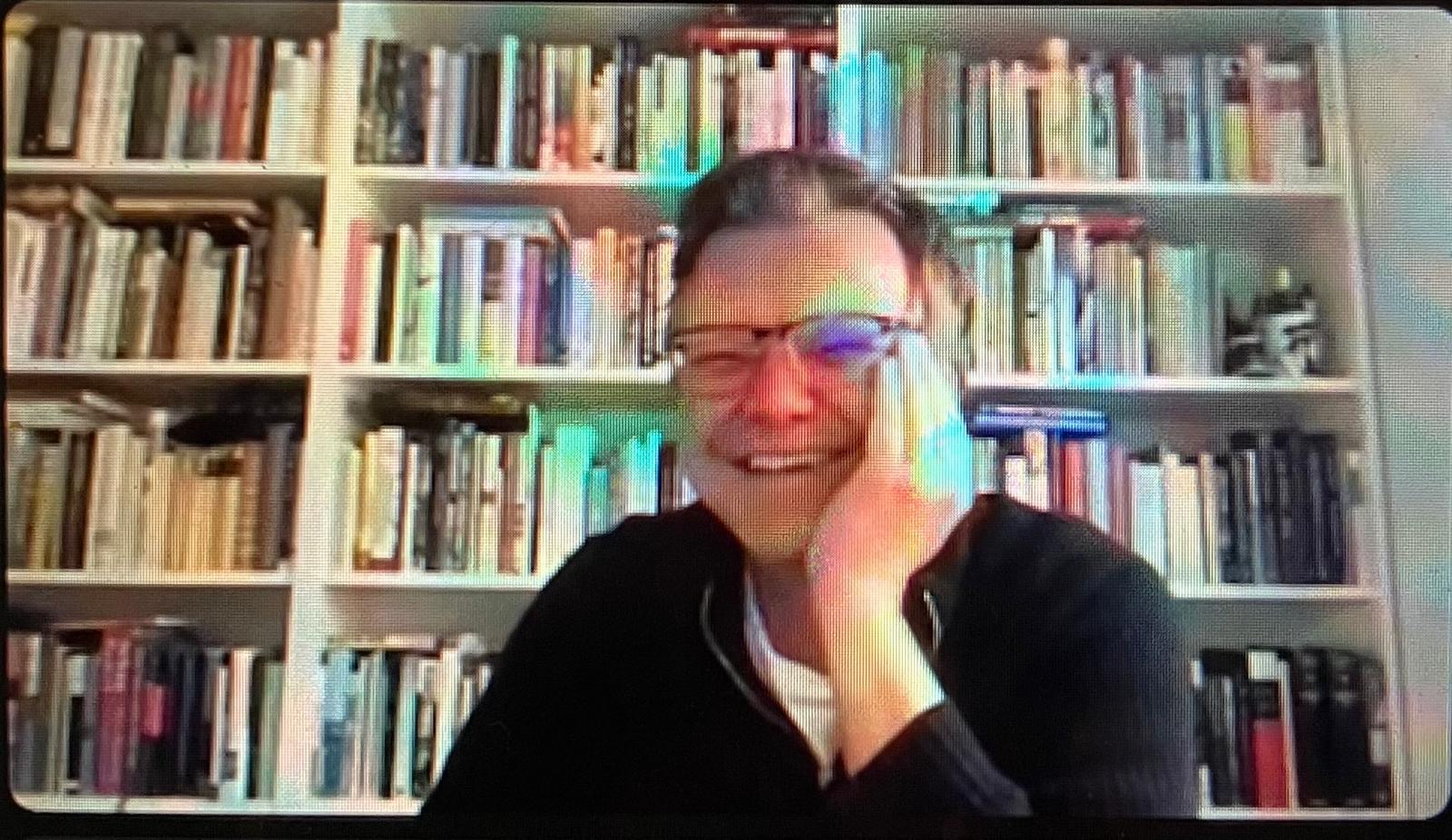Our December 2022 issue features:
Infrastructural fugitivity: contraband cellphones, TikTok, and vital media behind bars
Jasmine Ehrhardt and Lisa Nakamura
This article engages with TikToks created by incarcerated people using contraband cellphones. We read the #PrisonTok hashtag as part of a new genre of digital media created by imprisoned people that invites users to learn directly from them about everyday life behind bars, some of which includes producing and consuming digital media and memetic culture through practices of infrastructural fugitivity. TikTok’s affordances permit imprisoned people to share and demystify aspects of their everyday lives such as cooking, charging phones and maintaining digital infrastructure, despite prison rules prohibiting prisoners from owning phones. We discuss viral TikTok users such as Jeron Combs whose cooking videos have attracted millions of viewers, and conclude with an analysis of #PrisonTok’s implications for both media, visual culture and carceral studies. We do this to submit a framework for scholars, as well as free-world people broadly, to engage with illicit digital media created by imprisoned people.
‘Words have a charge’: six moments from a dialogue
Homi K. Bhabha and Jae Emerling
This conversation contains ‘moments’ from a dialogue between the esteemed scholar Homi K Bhabha and Journal of Visual Culture editor Jae Emerling that took place at Harvard University on 7 March 2022. As part of the 20th anniversary celebrations of the journal’s founding, it was essential to include voices whose work, presence within the world, and poetic insights traverse the entirety of visual culture studies. Bhabha is certainly such a voice for our Editorial Collective, past and present. The goal of this open dialogue, if there is a single one, was to have a real conversation about Bhabha’s vital current projects, which address the socio-economic, political, and cultural dangers facing all of us. But it is also a hopeful discussion about the ‘survival’ of the theoretical humanities in the 21st century. We hope that it reads as dialogic-radiating lines passing through the singular points that shape the history of our present, while always remaining open and attentive to the unforeseen actualizations of the past–future events that compose each of us individually and collectively.
Dirty encounters: Pier Paolo Pasolini’s legacy in David Wojnarowicz’s work
Gian Maria Annovi
One of the last works by celebrated New York artist David Wojnarowicz is a black-and-white photograph of the artist’s face buried in the dirt. The photograph was staged in 1991, less than one year before the artist died of AIDS. Until now, Wojnarowicz’s photograph has been interpreted as the image of a burial, a reference to the artist’s impending death. This article compares Wojnarowicz’s photo to one of the last scenes of Pier Paolo Pasolini’s Teorema (1968). The case of (Untitled) Face in Dirt and Teorema indicates the existence of a potentially complex relationship between Wojnarowicz and Pasolini, two queer artists who used provocation and sexual transgression to criticize capitalist society through their work. In this article, this complex relationship is explored to show, on the one hand, the import of Pasolini’s cinematographic and literary work in New York’s underground art scene of the 1980s. On the other, it demonstrates that Wojnarowicz’s last work conveys a positive message about his artistic legacy and future.
Sadaf Javdani and Bahar Noorizadeh





